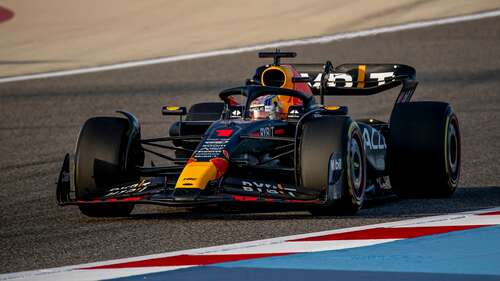
As it turns out, a driver tragically crashing a speeding F1 vehicle is not the only concern regarding porpoising. As the 2022 season went on, it was widely publicized that many drivers were experiencing extreme back discomfort, with the dramatic bouncing blamed for putting undue stress on their spinal cords. The bouncing created such a problem for seven-time world champion Lewis Hamilton during a 2022 race the Mercedes driver needed help to get out of his car.
Throughout the 2022 season, FIA (F1’s governing body) implemented changes to limit or impede porpoising. Though some teams reportedly resisted the changes, contending they might hinder performance, the changes were implemented before the season’s end. And as Mercedes driver George Russell told The Athletic, the changes immediately improved the performance of his vehicle.
The most significant change included raising the minimum floor edge by 15mm (roughly half an inch). That change carried over to the 2023 season, with the FIA requiring teams to lift the diffuser throat height and stiffen its edges. They also insisted teams install sensors on the bottom of a vehicle to monitor porpoising with real-time data. Though some bouncing was noticed in cars early in the 2023 campaign, many F1 insiders agreed the issue was nowhere near where it was in the 2022 season. F1 racing may never eradicate porpoising. But for now, the problem is very much under control.

